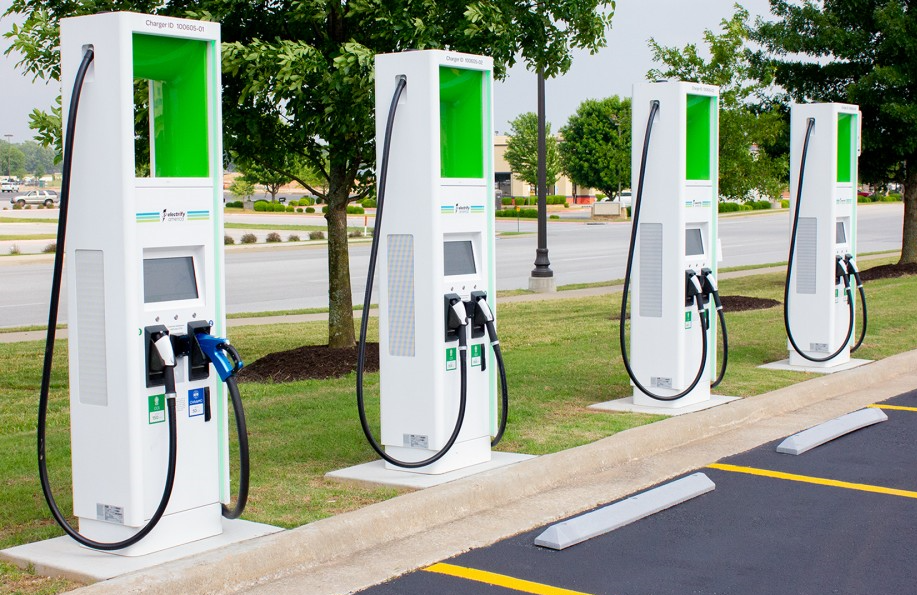
3 Smart Ways to Manage Your EV Infrastructure
As an electric vehicle (EV) owner, managing your EV infrastructure is essential for ensuring smooth and hassle-free charging experiences. Having owned an EV for several years, I’ve learned some valuable lessons on how to effectively manage my EV infrastructure. Here are three smart ways based on personal experience:
- Plan Ahead and Utilize Charging Apps One of the key aspects of managing your EV infrastructure is planning ahead for your charging needs. Before embarking on a long trip, I always plan my route and identify charging stations along the way. There are numerous charging apps available that can help you locate charging stations, check their availability, and even reserve a spot in advance. Apps such as PlugShare, ChargePoint, and Electrify America are popular options in the US. By utilizing these apps, I can ensure that I have a charging station available when I need it and avoid unnecessary delays or range anxiety.
- Take Advantage of Time-of-Use (TOU) Rates Time-of-Use (TOU) rates are a smart way to manage your EV charging costs. Many utility companies offer TOU rates, which vary depending on the time of day. Typically, electricity is cheaper during off-peak hours, such as late at night or early in the morning. By taking advantage of TOU rates, I can schedule my EV charging during off-peak hours, which helps me save on my electricity bill. Some EVs also have built-in charging timers that allow you to schedule your charging sessions during specific times. This way, you can make the most of TOU rates and optimize your charging costs.
- Consider Home Charging Solutions Investing in a home charging solution is a smart way to manage your EV infrastructure. Having a home charging station not only provides convenience but also allows you to have more control over your charging. Depending on your EV’s battery capacity and your daily driving needs, you may only need to charge your EV overnight at home, eliminating the need for frequent public charging. Installing a Level 2 charging station at home can significantly reduce charging time compared to a standard Level 1 charger that comes with most EVs. Additionally, some utility companies offer incentives or rebates for installing home EV chargers, making it a cost-effective option in the long run.
In conclusion, managing your EV infrastructure requires careful planning and consideration. By planning ahead, utilizing charging apps, taking advantage of TOU rates, and considering home charging solutions, you can effectively manage your EV charging needs and make your EV ownership experience smoother and more enjoyable. As an EV owner, I have found these strategies to be smart and effective in managing my EV infrastructure, and I hope they will be helpful for other EV owners as well. Happy charging!
About 3Link Consulting
Welcome to our consulting firm, founded by Devin Clarke and Laura Arriaga. We specialize in providing low voltage assessment and consulting services to clients across various industries, with an additional focus on electric vehicle charger installation.
Want to Try Our Service?
Connecting safety, technology, and efficiency with 3 Link Consulting.


